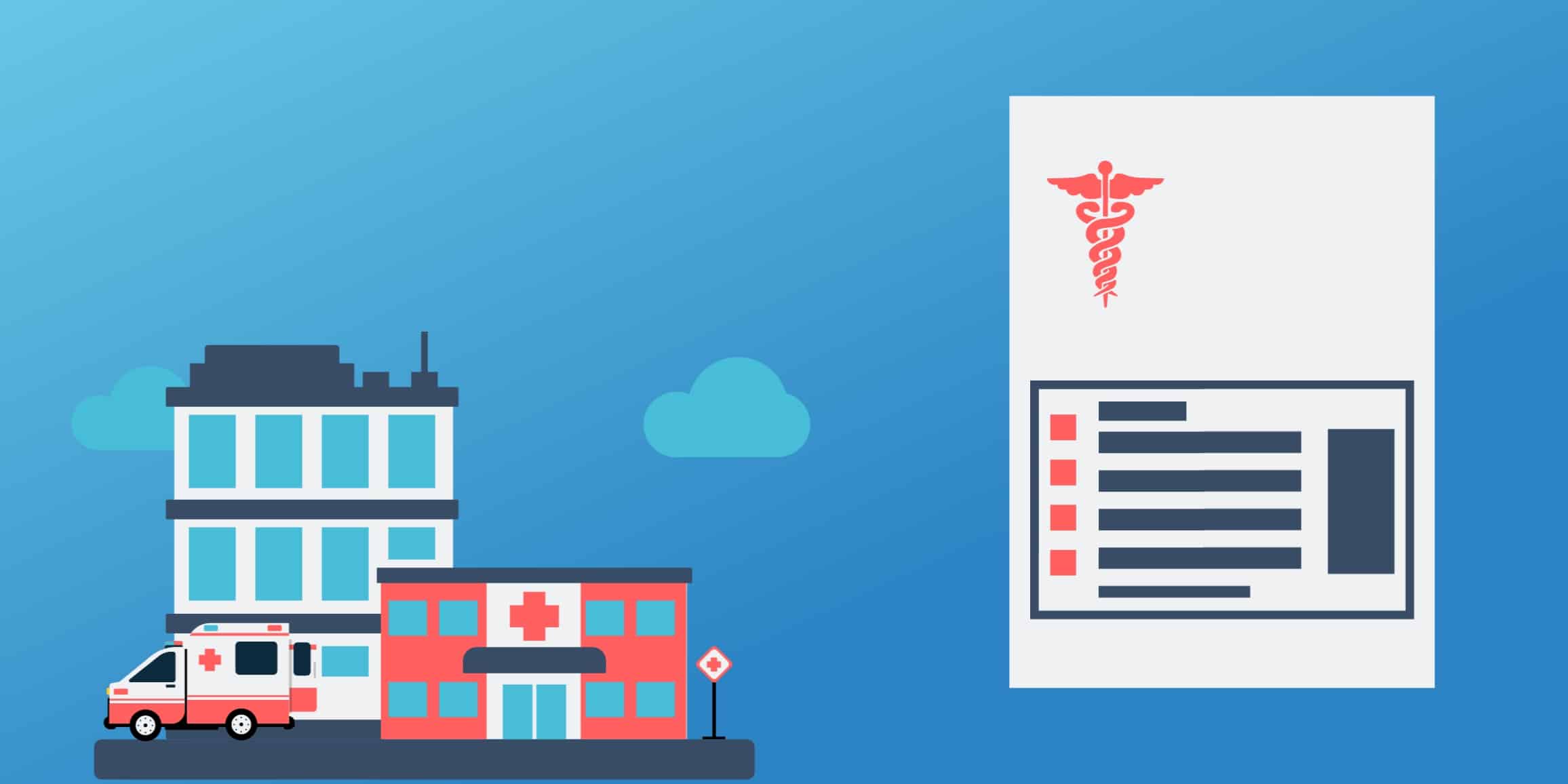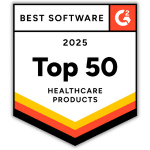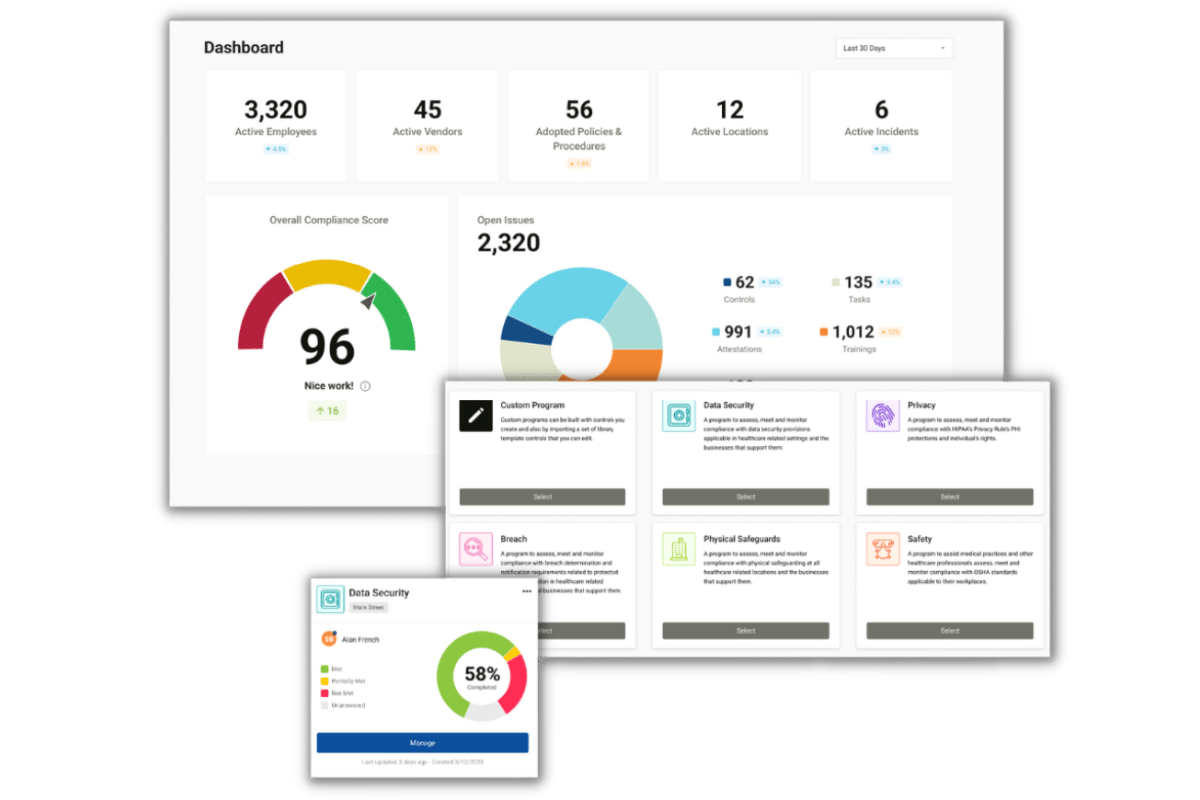Rules Finalized for Surprise Medical Bill Law “No Surprises Act”
History of Surprise Medical Bill Law “No Surprises Act”
The “No Surprises Act” healthcare bill was passed by congress in December 2020 with bipartisan support. Its intended purpose was to eliminate surprise medical bills to patients for services from out-of-network providers.
Using a process called “balance billing,” patients would be billed directly for the difference between what their health plan paid and the billed amount from the out-of-network provider. Often, patients were unaware that out-of-network providers were used, resulting in shockingly high medical bills, especially for emergency room or air-ambulance services.
The surprise medical bill law passed was intended to provide protections similar to those already in place for Medicare and Medicaid recipients.
Key Takeaways of the Surprise Medical Bill Law
The final rules issued by the Department of Labor and the Department of Health and Human Services (the same agency responsible for enforcing HIPAA compliance) provide a framework for the arbitration of disputes between providers and health plans.
The rules also specify the following:
- If a qualifying payment amount is based on a downcoded service code or modifier, a plan or issuer must provide the following information with its initial payment:
- A statement that the service code or modifier billed by the provider, facility, or air ambulance service was downcoded.
- An explanation of why the claim was downcoded, including a description of which service codes or modifiers were altered, added, or removed if any.
- The amount that would have been the qualifying payment amount had the service code or modifier not been downcoded.
- Independent dispute resolution entities must be certified. They must consider both the qualifying payment amount and all additional permissible information submitted by each party to determine which offer best reflects the appropriate out-of-network rate. After weighing these considerations, independent dispute resolution entities should select the offer that “best represents the value of the item or service under the dispute.”
- Independent dispute resolution entities must explain their payment determinations and the underlying rationale in a written decision submitted to the parties, HHS, and the Labor Department.
A fact sheet from the Department of Labor is available here for a more detailed summary of the final rules.








